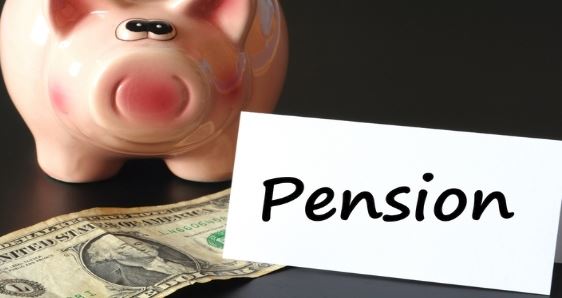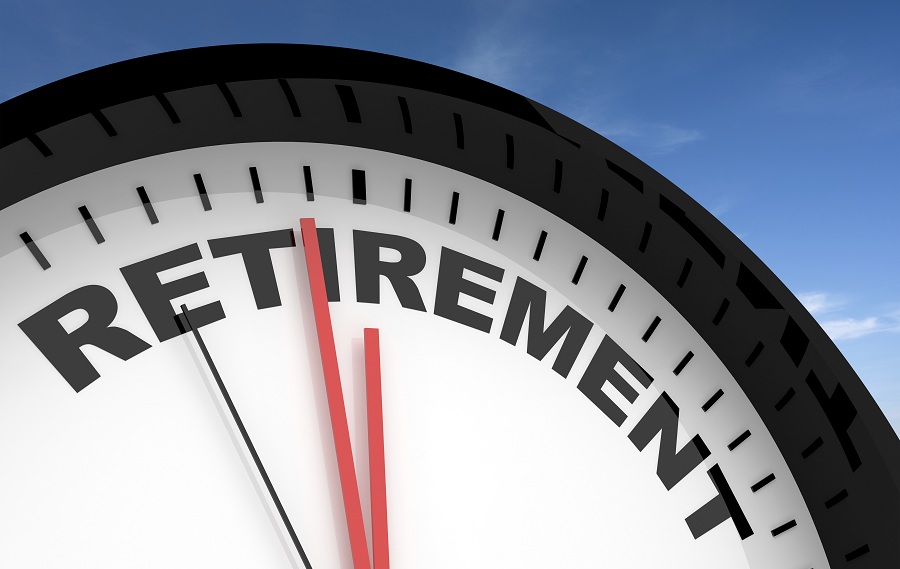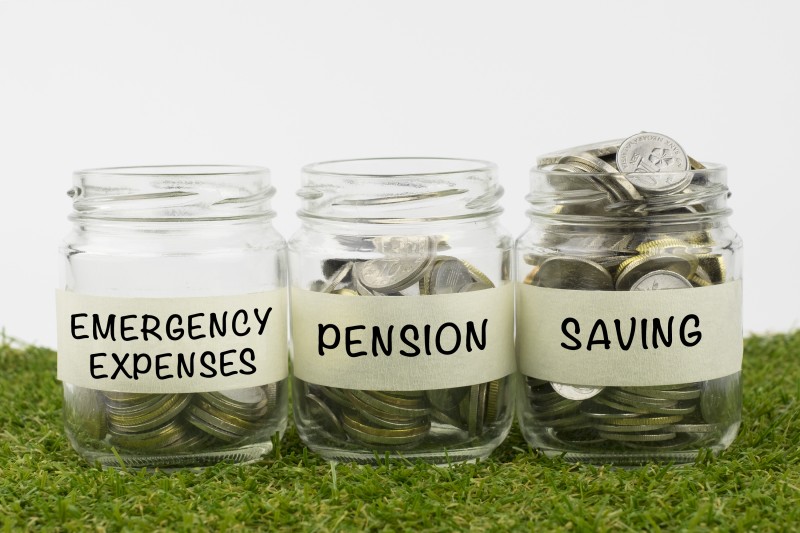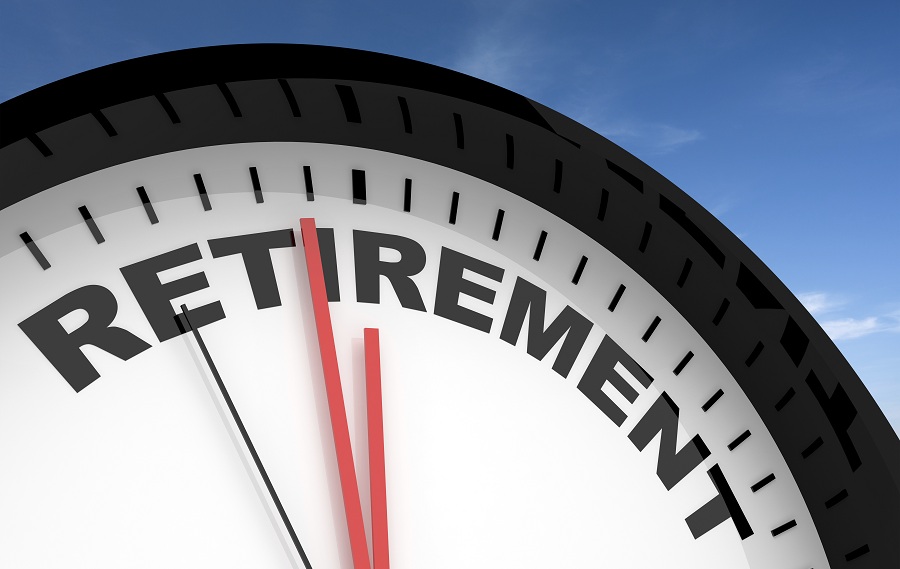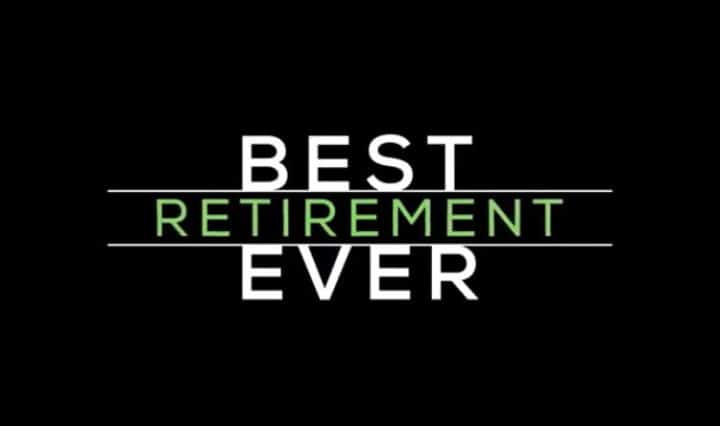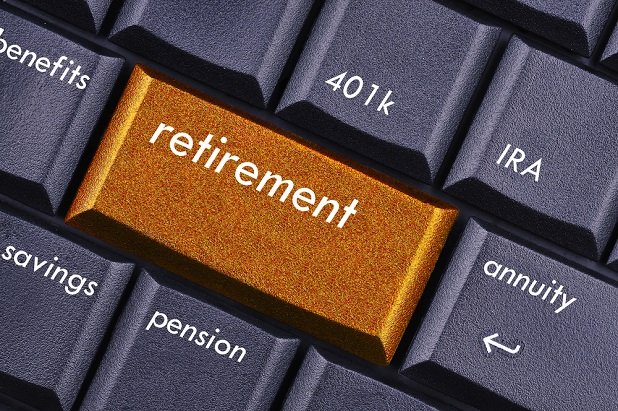Risk Management for Retirement
How can we protect our pensions from losses when the covid-19 plunges U.S.?

The record-breaking U.S. stock market was broken as a result of the pandemic of the new outbreak of crown virus. On March 16, U.S. stocks fell again after rebounding. By the close, the Dow had plunged nearly 3,000 points, its biggest drop in one day in history, also the worst day for the American people since Black Monday in 1987. On March 18, U.S. shares fell 7% at the opening, triggering a further 15-minute suspension.
In the face of market volatility, there is no correct standard of response. It is essential to carefully consider whether such an approach is in our current best interest before selling in fear or entering the market because of greed.
And for those who want to keep their pensions, how we should protect our pensions and how to avoid risks is an urgent matter when the stock index plunges.
The market is risky and retirement must be prudent
Before making a financial decision, we need to assess our "risk tolerance" capabilities.
We often hear this above, but how high is it to call "isquemen"? Is there an easy way to judge?
The American Life Insurance Guide ©️ offers "sleepless judgment" - if the loss of our investment finance portfolio, which has kept us awake in the middle of the night lately, may be too risky.
Risk tolerance depends on a number of factors, including age, career and financial experience, and for young people, risk-taking can mean opportunities. The recent 3,000-point plunge in the U.S. market could allow the group to buy more securities at lower prices when the market falls. And in the long-term fixed futures market, such as 401K, 403B, personal IRA, such patience can be effective, because we are still young, long enough to cope with the ups and downs of the market.
The dilemma facing the family in retirement
When the market has fallen by 3,000 points as it has recently, the over-50s have a completely different idea and sense of risk.
As retirement approaches, when the market falls as sharply as it has in recent times, our retirement accounts will suffer a lot of losses, and less time will be recovered from that loss. Our thinking is completely different in retirement, and risk tolerance changes.
We don't know how long we're going to live, and we're worried about the stock market crash, and we don't have the money to spend it.
Risk management for retired families
The stock market is a high-risk market sector, and market turbulence can make a drastic difference to our retirement accounts, rapidly reducing the wealth we have accumulated in the first half of our lives. Therefore, as retirement approaches, finding a financial channel that does not lose money as the market falls, while having room for gains and value, is a must in the search for a secure retirement.
Index policy accounts with a money-value "income guarantee" function are an option, while another way to "guarantee retirement income for life" is to use annuity insurance products. In the ©️ conference room of the Heritage Institute, we talk about what annuity insurance is.
In the icon of the investment channel risk pyramid, we can see that term deposits, money markets, fixed annuities and index annuities are the most robust and conservative financial channels. These types of accounts generally provide a guarantee of return on capital and do not lose the principal due to strong market fluctuations, so there is the lowest market risk in general financial channels.
And the U.S. stock market is a high-risk investment and financial management market, with participants in the risk tolerance of institutions primarily.
According to mid-2018 data, U.S. institutional investors have a market capitalization of 93.2% and individual investors hold less than 6% of market value.
In this high-risk market, individual retail investors not only need a lot of personal time, money and investment in energy, but also to face the natural advantages of competitive institutional investors in terms of technical support, information acquisition, professionalism and so on, therefore, individual investors often in stock market volatility. , face a higher risk of loss.


